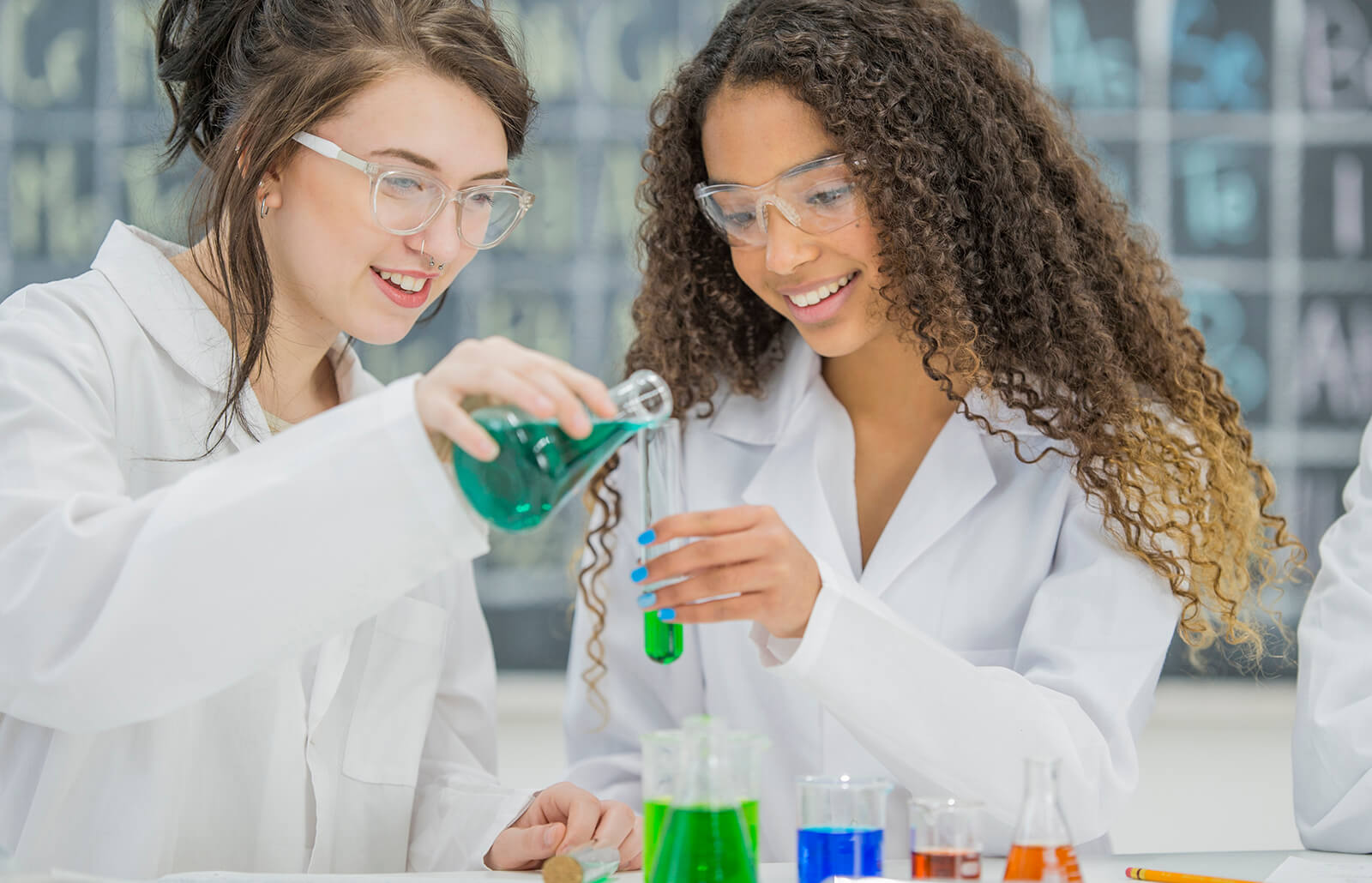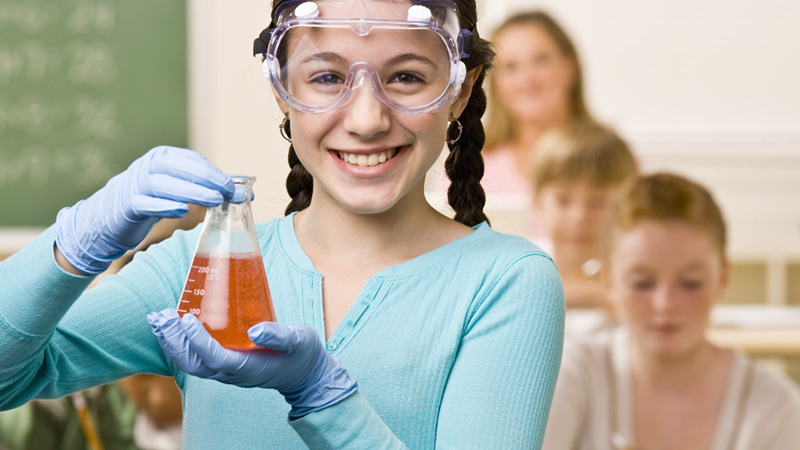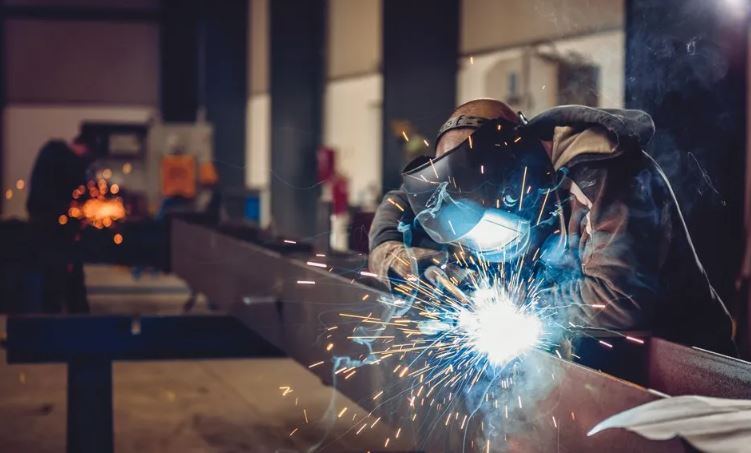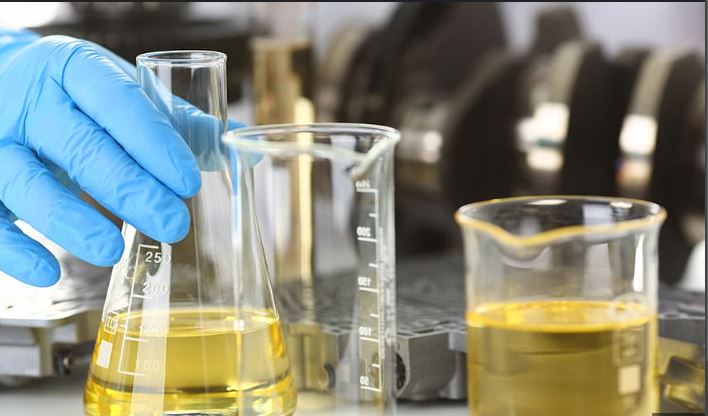Engaging high school students in chemistry can be both fun and educational. Hands-on experiments for high school students not only spark curiosity but also reinforce theoretical concepts. Here, we’ll discuss some of the top chemical experiments for high school students that are safe, easy, and exciting.
1. Elephant Toothpaste
One of the most popular experiments for high school students is the Elephant Toothpaste experiment. This demonstration involves the rapid decomposition of hydrogen peroxide using potassium iodide as a catalyst. The result is a massive foamy eruption that looks like toothpaste being squeezed from a giant tube. This experiment illustrates the concept of catalysts and exothermic reactions.

Chemical Experiments for High School Students
2. Baking Soda and Vinegar Reaction
The classic baking soda and vinegar reaction is a simple yet effective experiment for high school students. When these two substances mix, they produce carbon dioxide gas, causing bubbling and fizzing. This experiment is great for teaching about chemical reactions, gas production, and the properties of acids and bases.
3. Chromatography
Chromatography is an excellent experiment for high school students to understand separation techniques. By using filter paper and a solvent, students can separate the different pigments in ink or plant extracts. This experiment demonstrates how different substances can be separated based on their solubility and molecular size.
4. Making Slime
Creating slime is a fun and engaging chemical experiment for high school students. By mixing polyvinyl alcohol (found in school glue) with a borax solution, students can make a stretchy, gooey substance. This experiment teaches about polymers and the properties of non-Newtonian fluids.
5. Volcano Eruption
Simulating a volcanic eruption is one of the captivating chemical experiments for high school students. By combining baking soda, vinegar, and a bit of dish soap inside a model volcano, students can observe a foamy eruption. This experiment helps explain chemical reactions, gas production, and the concept of acids and bases.
6. Electrolysis of Water
Electrolysis of water is an informative experiment for high school students to learn about chemical decomposition. By passing an electric current through water containing an electrolyte, students can see the formation of hydrogen and oxygen gases. This experiment demonstrates the principles of electrolysis and the composition of water.
7. Glow Stick Reaction
Exploring the chemistry behind glow sticks is a fascinating experiment for high school students. By activating a glow stick, students can learn about chemiluminescence, the process by which light is produced through a chemical reaction. This experiment highlights energy transformations and reaction kinetics.
8. Acid-Base Indicators
Using natural substances like red cabbage juice, students can create their own pH indicators. This experiment involves adding various household acids and bases to the indicator solution to observe colour changes. It teaches students about pH levels, acids, bases, and the concept of indicators.
9. Oxidation of Sugar
The oxidation of sugar using sulfuric acid is a dramatic experiment for high school students. When sulfuric acid is added to sugar, it dehydrates the sugar, producing a column of carbon and steam. This experiment demonstrates oxidation-reduction reactions and the properties of strong acids.
10. Lava Lamp
Creating a homemade lava lamp is a fun and visually appealing experiment for high school students. By combining oil, water, food colouring, and an Alka-Seltzer tablet, students can observe the colourful motion of liquid blobs. This experiment illustrates density, solubility, and the effects of chemical reactions.
11. Egg in Vinegar
The egg in vinegar experiment is a simple yet intriguing activity for high school students. By placing an egg in vinegar, the acetic acid reacts with the calcium carbonate in the eggshell, dissolving it and leaving behind a rubbery membrane. This experiment helps students understand chemical reactions and the properties of acids.
12. Cabbage Juice pH Indicator
Using red cabbage juice as a pH indicator is one of the great chemical experiments for high school students. By adding different household solutions to the cabbage juice, students can observe a range of colours indicating various pH levels. This experiment teaches about acids, bases, and the pH scale.
13. Crystal Growing
Growing crystals is an engaging experiment for high school students. By dissolving a substance like salt or sugar in water and allowing it to evaporate, students can observe the formation of crystals. This experiment illustrates solubility, supersaturation, and crystal formation.
14. Mentos and Soda Eruption
The Mentos and Soda eruption is a spectacular experiment for high school students. When Mentos candies are dropped into a bottle of soda, they cause a rapid release of carbon dioxide, creating a fizzy explosion. This experiment demonstrates nucleation sites and gas release in liquids.
15. Iron Filings and Magnetism
Exploring the magnetic properties of iron filings is an informative experiment for high school students. By sprinkling iron filings on a sheet of paper and placing a magnet underneath, students can observe the patterns created by magnetic fields. This experiment teaches about magnetism and the behaviour of ferromagnetic materials.
Conclusion
Chemical experiments for high school students are an excellent way to make learning chemistry fun and interactive. By engaging in hands-on activities, students can better understand theoretical concepts and develop a love for science. Each of these experiments provides a unique learning opportunity, ensuring that students gain practical knowledge while having fun.




